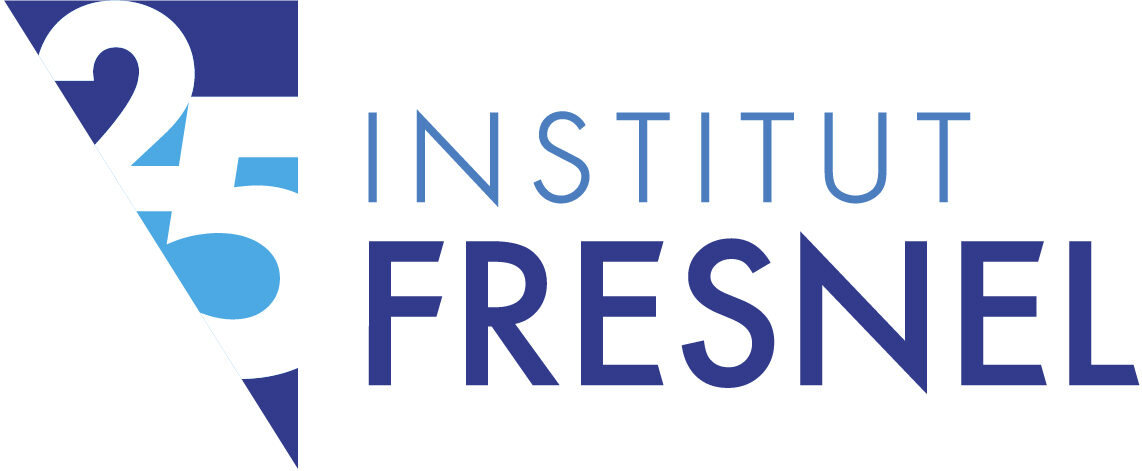The SEMO (Sondage ElectroMagnétique, Optique) team has been led by Guillaume Maire since 2022.
It began under the name TEM (Télédétection et Expérimentation en Micro-Ondes), created and directed by Marc Saillard from 1997 to 2003, then under the name SEMO directed by Hugues Giovannini and Anne Sentenac from 2004 to 2006, Anne Sentenac from 2006 to 2012, Patrick Chaumet from 2012 to 2017, Kamal Belkebir from 2017 to 2022, and Guillaume Maire since 2022.
SEMO is specialized in computational imaging using electromagnetic waves. This approach was first developed for micro-wave and radar applications ( space oceanography, detection of buried objects (pipes, anti-personnel mines)), then it was adapted to optical microscopy (super-resolution fluorescence microscopy, tomographic diffraction microscopy, phase microscopy, non-linear microscopy). The key feature of SEMO work lays in a rigorous modeling of the link between the signal recorded by the imager and the object and the development of numerical reconstruction techniques able to provide a quantitative estimation of the object from the signal.
An important part of our work consists in modeling the interaction between an object and an electromagnetic wave, from the rigorous solving of Maxwell equations to many different approximate methods. The second part consists in developing inversion techniques (through the minimization of a cost functional). The originality of our work is that we do not assume that the wave exciting the sample is known (it can be a random speckle or it can be a field that is modified by the sample itself). A third part consists in implementing experiments (phase microscopes, tomographic microscopes, fluorescence microscopes) to demonstrate the validity of our numerical techniques. Last, we focus on different applications or questions of physical interest, like the role of multiple scattering or the role of light polarization in the imaging performances, the super-resolution in both diffraction and fluorescence microscopy, the different performances of phase imaging techniques and, in collaboration with the MOSAIC team, the interest of non-linear microscopy for stainless histology.
In parallel with these main research themes, we are also studying optical forces and torques and the lifetime of fluorescent molecules in complex environments.

